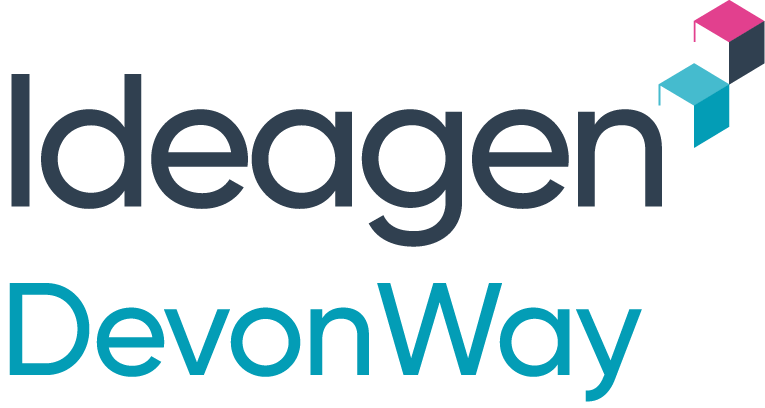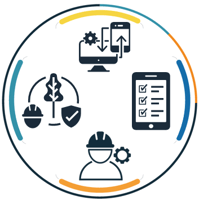By Chris
Every quality group is given the same mandate to uncover process failures and resolve weaknesses. But the tools at their disposal are usually too inflexible, hard to use, localized, or all of the above, to encourage broad participation. Layer on top of that silos of information, competing priorities, and inconsistently applied methodologies, and real process improvement starts to feel like a pipe dream.
Over the years, through dozens of implementations and customer success stories, we’ve found that the key to process improvement is employee engagement. You can’t fix what you don’t know, and no one is better suited to tell you what’s wrong with a process than a line worker or shift manager who lives and breathes that process every day. Quality groups can encourage a culture of Continuous Improvement by giving every employee a voice and a simple way to make that voice heard. This brings better data into your systems, more insight into what’s wrong (and right) across the organization, and more accurate forecasts for future cost savings.
Simply by giving every employee the power to participate, an organization can achieve a snowballing effect in continuous improvement, which over time almost miraculously transforms from “distraction” to “way of life.” It’s a cultural shift that takes time, but the rewards are transformative and make the entire enterprise more efficient, agile, and safe.







